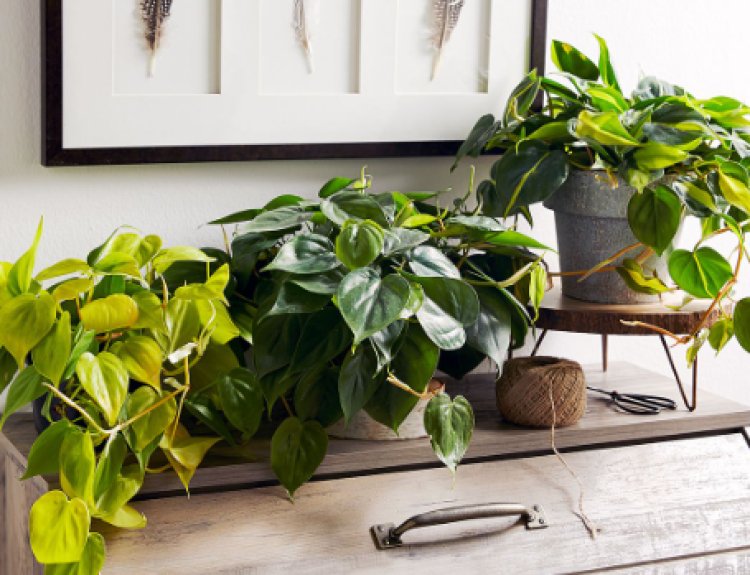How to Take Care of your Unhappy Plants
This article covers the typical cues plants leave to indicate that they aren't really at peace. Every warning sign they exhibit has a preventive action you can take.

Here is a short guide to understanding the causes of your plants' dissatisfaction as well as remedies if you've been struggling to make them happy or are a beginner gardener.
Brown leaf tips

The edges and tips of the leaves sometimes turn brown. There are several factors that might lead to the browning of leaves, some of which are listed below with possible solutions.
Inconsistent Watering: Water your plants consistently, being careful not to drown or overwater them.
Dry Air: Put your plants in a naturally humid area, like the kitchen, if the air where you keep them is dry. Overfertilization or too much salt: Distilled water can help if tap water has too much salt in it. Another option is to water the plant excessively once a month to encourage it to flush off additional salt.
Yellow leaves

The leaves lose their color and fall off as they get older. That's a normal practice and is completely acceptable but if your plant's greenery has been dominated by the yellow, it probably needs assistance.
Overwatering/Underwatering: As a general guideline, water the plant when the soil feels dry about half to an inch below the surface, just enough to prevent clogging.
Low Sunlight: Determine whether you have placed your plant close to a window that allows chilly gusts to pass through or a draft. If so, move it to a location where it gets enough sunshine.
Excessive Sunlight: The key is to maintain equilibrium. Too much sunlight on the plant can also turn the leaves yellow. Move it to a more shaded area if that's the case.
Spots on leaves

Spots on leaves are diseases that spread among plants by touch. This may be due to fungus; to avoid the fungal infection, space the plants appropriately apart and water gently. It is forbidden to water someone else while making splashes on them. You must also remove the affected leaves to stop the virus from spreading.
Wilting plants

Withering plants are such a sorrowful sight to plant owners and farmers. Such plants most of the time can be brought back to life when the cause is determined and necessary actions are put in place.
Overwatering or Underwatering: If the soil is overly wet or dry, check it and water it as necessary.
Poor drainage: Determine whether the soil is suitable for the plant's growth. Otherwise, make sure that the water drains from the plant after you water it and does not stand in the container; if it does, repot the plant in better soil.
Lack of humidity can also cause the plant to wither, therefore it is important to mist your plants.
Leaves falling too often

Some plants will release their leaves as a tantrum when they are moved to a new location. However, they move on and adjust to new environments because the shedding of leaves is a stage. There are issues that you need to solve if you see this differently.
Low Light - If you believe your plant is not receiving enough light, move it to a location where it will.
Cold air: Shifting the plant can help with cold air.
Watering: Water properly rather than excessively.
Lanky plant growth

Plants develop unevenly due to lanky growth. They stretch themselves far to get sunshine, which stunts their growth. Uneven Lighting: Rotate the plants occasionally to ensure that all of the plant's parts receive equal amounts of sunlight without having to compete for it.
White fungal growth on foliage

If not properly managed promptly, white mold or powdery mildew, another contagious illness, can spread swiftly. This fungus weakens plants from the inside out by preventing them from efficiently completing their photosynthesis.
Low Airflow and High Humidity: Keep plants far apart to give them room to breathe. Even mouthwash with ethanol or vinegar might be used to clean the leaves. These tried-and-true techniques assist in slowing the expansion of the powdery mildew.


























